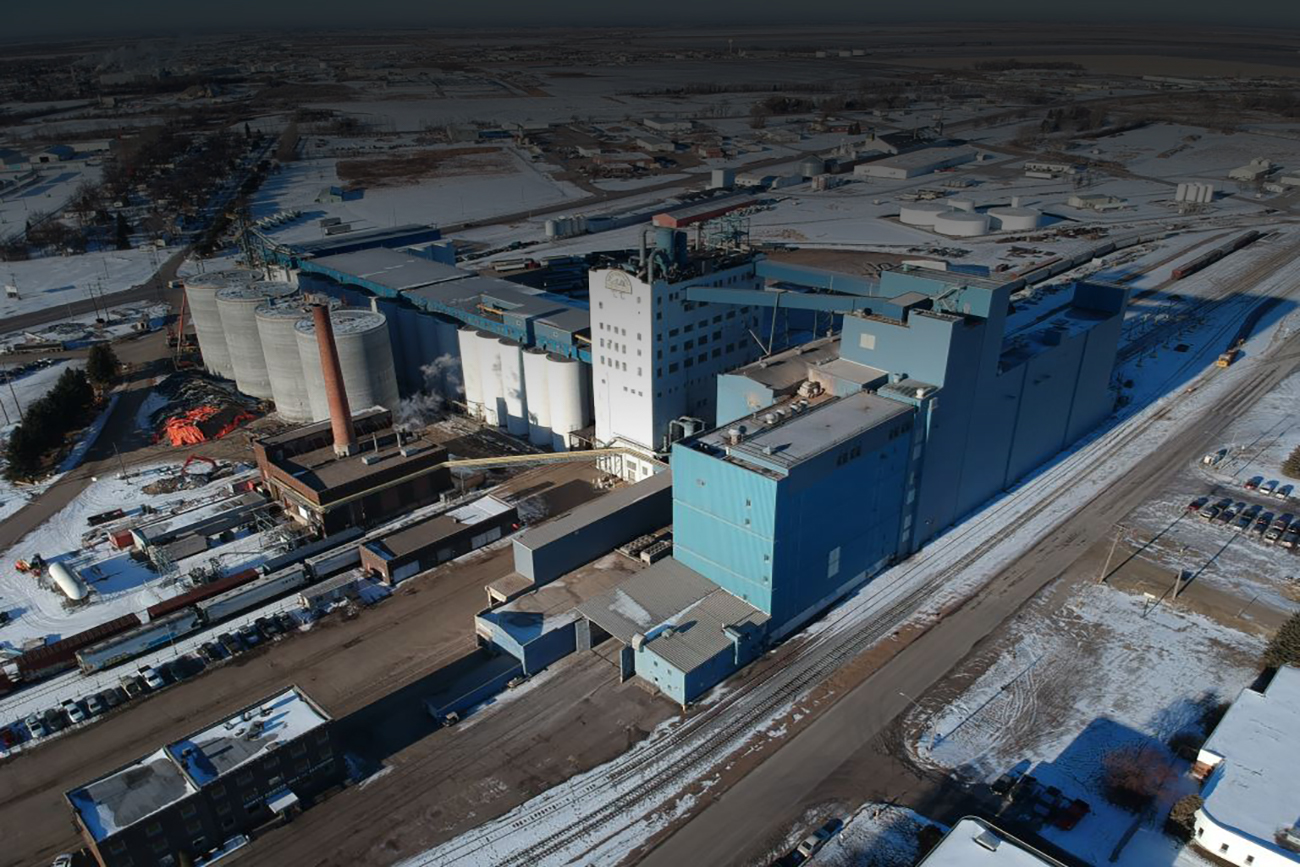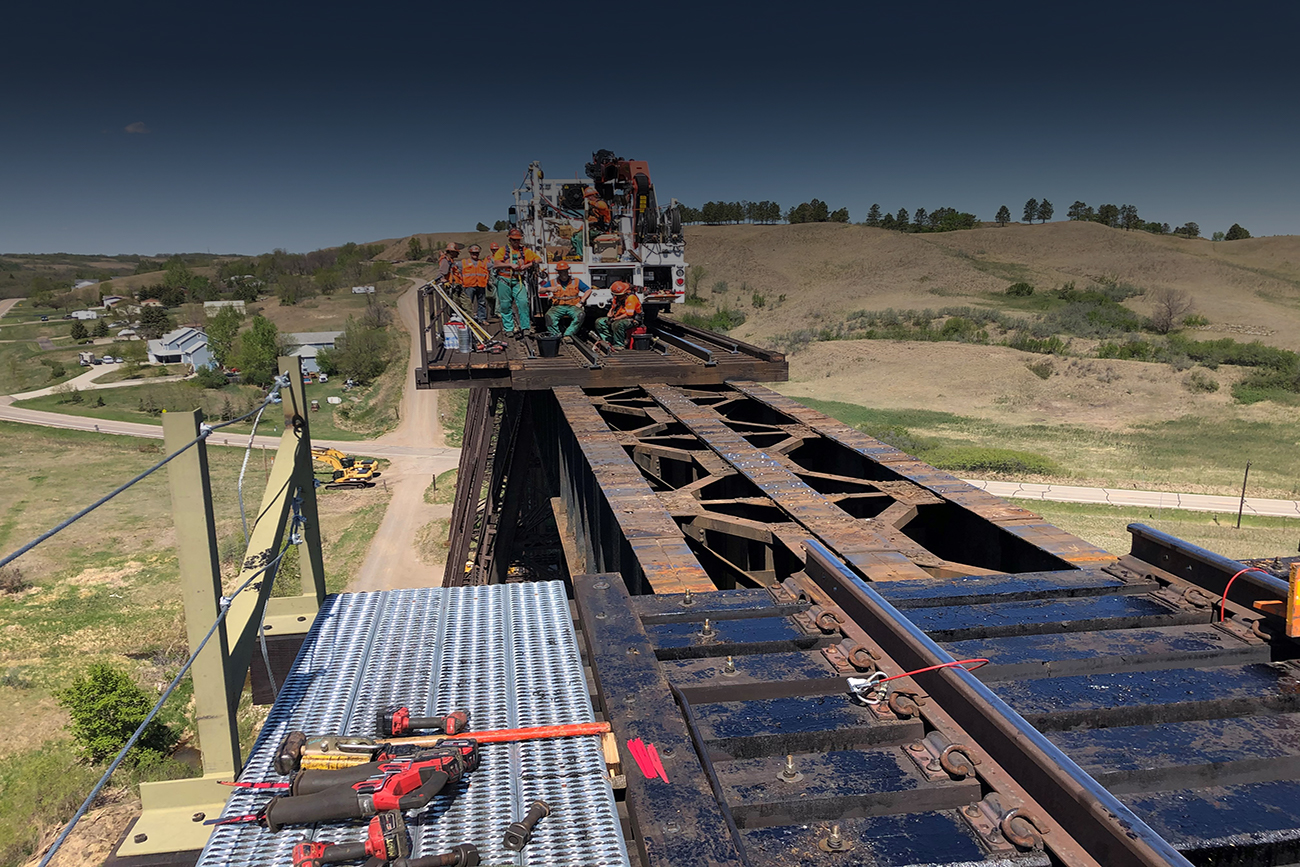‘Graining’ business again at Duluth: Historic elevator and dock resume operations
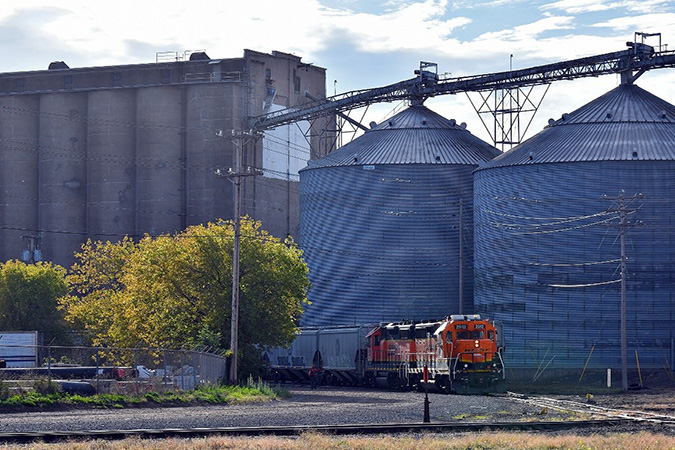
Ulysses S. Grant was president, America was made-up of just 37 states and BNSF predecessor Lake Superior and Mississippi Railroad (LS&M) started service in the port city of Duluth, Minnesota.
Not many business transactions have roots as far back as the 1870s… unless you’re the railroad. This rich industrial history in the region, long a hub for cargo shipping, makes the recent sale of a grain complex there that much more special.
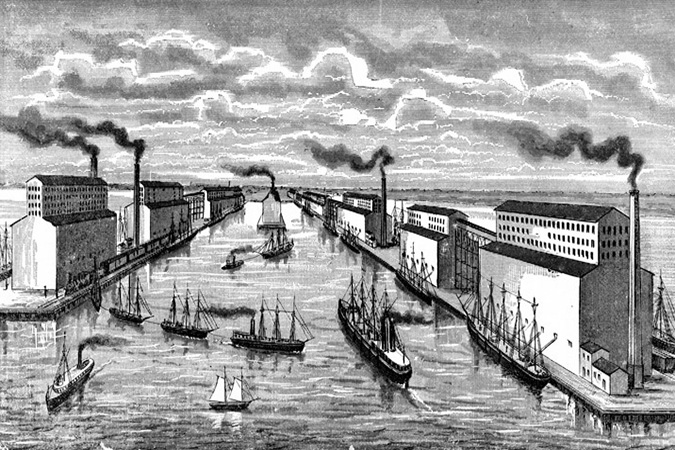
Located on the north shore of Lake Superior, the Port of Duluth is one of the largest and busiest on the Great Lakes. Commodities shipped from here include coal, iron ore, minerals and grain. Grain elevators have long been situated along Duluth’s harbor; some have been torn down, but others are still in business.
For a while, it looked like one of these, Elevator A, might never see use again. But today, Elevator A has a new owner and a reinvigorated life after a purchase from Nebraska-based Hansen-Mueller, which plans to revitalize the facility and began moving grain by BNSF last fall.
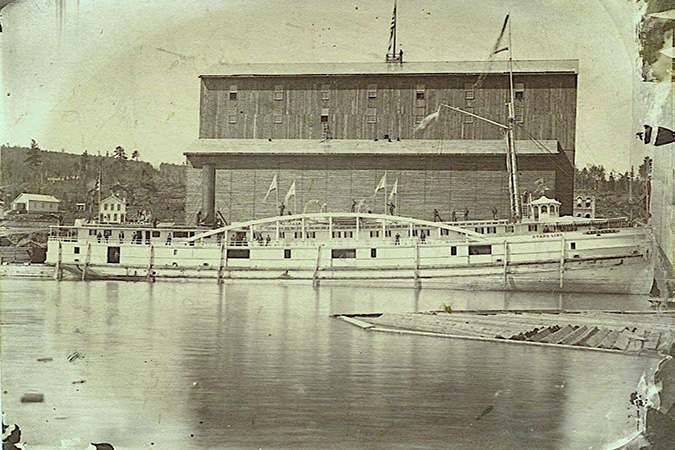
The story of Elevator A
This next chapter for Elevator A continues a storied history. Added to the property in 1894, Elevator A was originally a wood structure. In 1908, it was replaced with a structure built of ceramic tile, brick and concrete. General Mills purchased the elevator in 1943, modernizing the structure and operating the site until 2015. BNSF owned the property where the dock was built.
“We are thrilled to see the elevator and property being put back to work,” Justin Pearson, Manager of Economic Development for BNSF, said. “Keeping the property in service for industrial use is a huge win for the regional economy.”
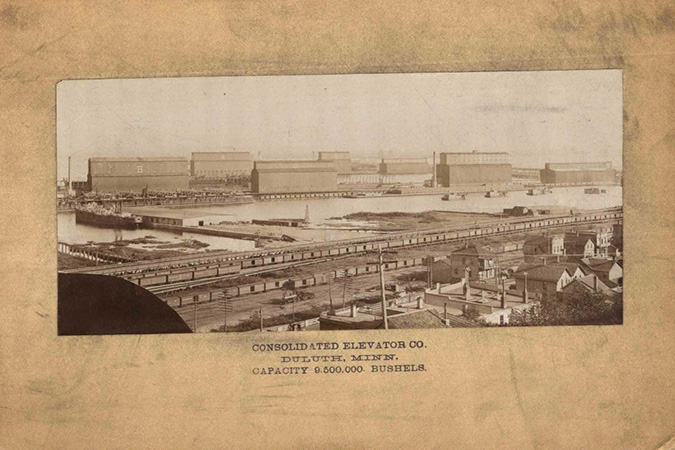
BNSF’s Economic Development (ED) team worked closely with General Mills over the past several years as they searched for a buyer of their on-dock assets and looked to transfer their land lease to a new customer. When Hansen-Mueller emerged, ED and other BNSF teams led the lengthy process unraveling the century-old land leases and past tenants.
One of the many who helped was Project Engineer Mark Gjevre, who is wrapping up a 31-year career that began as a brakeman working the Superior, Wisconsin, elevators just across the bay from Duluth.
“I have a soft spot for the Twin Ports,” he said. “In terms of the rehab that was needed to put the track back into service, it was minor. But it was still a cool project when you think about this elevator’s long history and all the product that has been through the waterfront.”

A bright future
With a 3.5-million-bushel storage capacity, Elevator A stands 185 feet above the harbor. It will be used as a distribution hub primarily for small grains grown in the U.S. and Canada to domestic and foreign destinations.
The reactivation of the elevator significantly increases grain tonnage through the port of Duluth-Superior and the Great Lakes-St. Lawrence Seaway. Cargo moving on the Great Lakes-St. Lawrence Seaway System supports $46 billion in economic activity and nearly 330,000 jobs. If it was its own country, the region’s economic output would rank as the world’s third largest, according to the Duluth Seaway Port Authority. In a typical year, three quarters of all Great Lakes-St. Lawrence Seaway System traffic travels North American trade routes. The remainder travels to and from overseas ports.
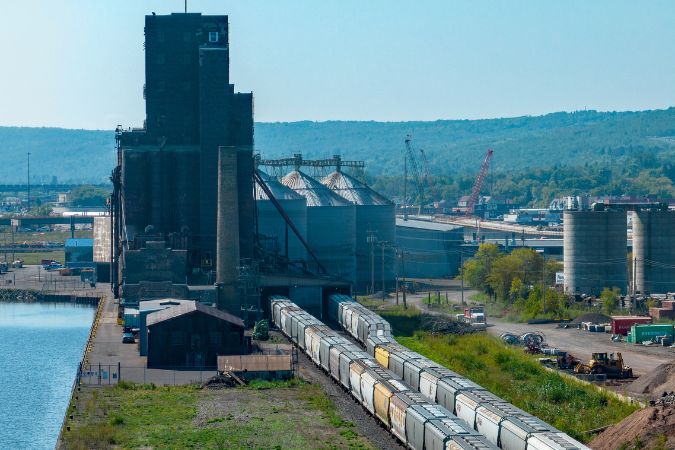
“Elevator A is a valuable asset in our port, with its grain-handling capacity, excellent road and rail connections, plus a long, solid, Seaway-depth dock for ships, and we’re excited for its potential,” Kate Ferguson, Duluth Seaway Port Authority director of trade and business development, said.
With the new lease agreement with Hansen-Mueller, BNSF moved the first rail cars full of grain last fall, delivering Canadian oats and North Dakota-grown spring wheat. To start, approximately 500 carloads of grain are anticipated to be moved annually to this location, continuing a tradition begun almost a century-and-a-half ago as Elevator A helps drive the economic success of the region and helps feed the world.
